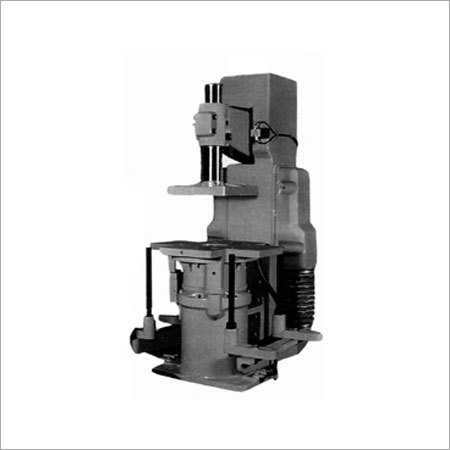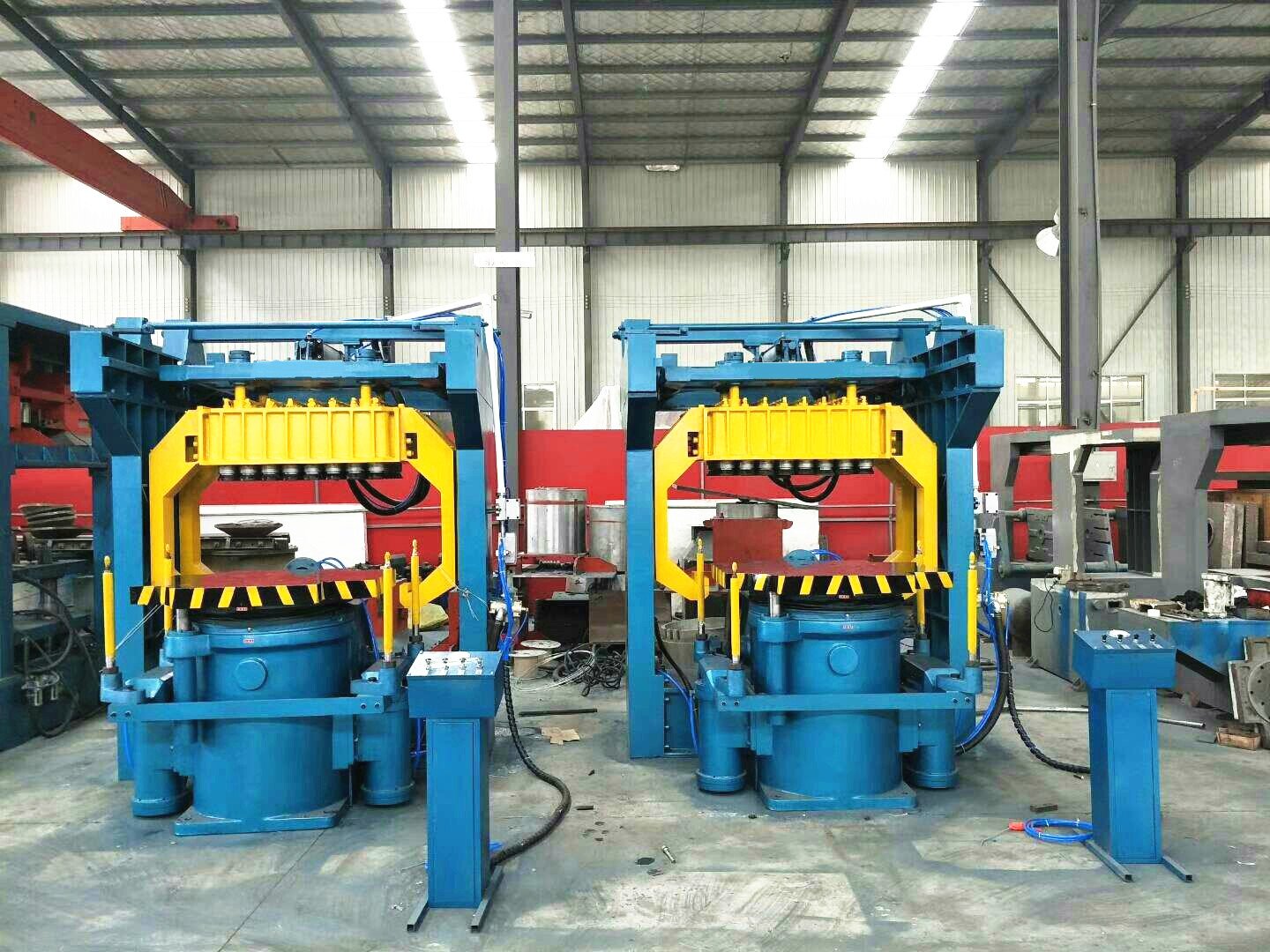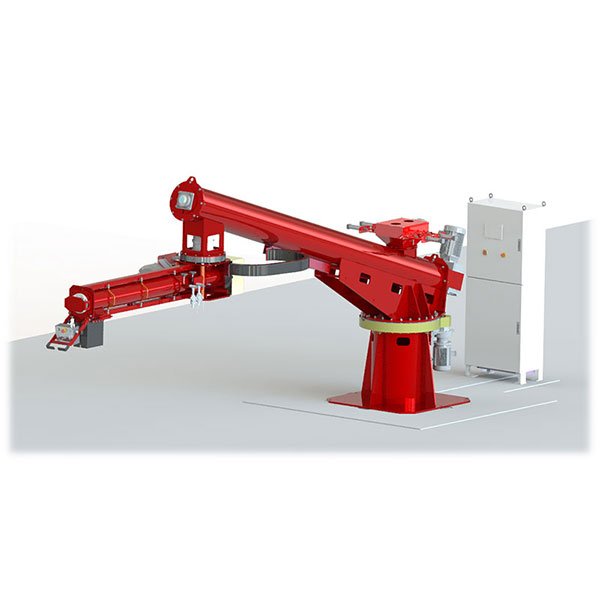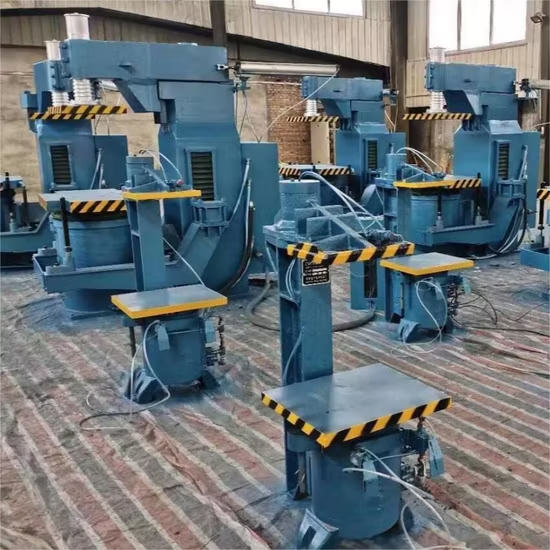Choosing the wrong molding method can lead to dimensional inaccuracy, wasted material, and serious production delays. Foundries must weigh cost, precision, and scalability carefully.
Jolt squeeze molding delivers superior compaction and accuracy, while green sand molding ensures flexibility and cost-efficiency for high-volume runs. Understanding the core differences is critical for making the right investment.
Both methods have their place in modern casting operations. Whether optimizing for throughput or surface finish, understanding the mechanisms behind each process helps in selecting the right tool for the job.
Understanding Molding in Casting: Why It Matters?
Mold integrity influences casting quality more than any other step in the foundry process. Without consistent sand density and cavity definition, defects become unavoidable. Foundries aiming for repeatable, high-performance parts must begin by evaluating their molding technique.
Over the years, I’ve worked with manufacturers across sectors—some pursuing ultra-tight tolerances, others needing speed above all else. The best outcomes always stemmed from matching molding methods with specific operational goals.
What Is Jolt Squeeze Molding?
Uniformity problems in deep cavities? That’s where the jolt squeeze method proves its worth.
This process uses a two-stage compaction—jolting to settle sand followed by squeezing to densify, ensuring even pressure distribution throughout the mold.

The mechanism begins with rapid vertical motion, which vibrates the sand into place around the pattern. Once settled, a hydraulic or mechanical ram compresses the mold from above, achieving high sand density and superior surface definition. This method minimizes issues like blowholes and sand shifts, which commonly affect squeeze-only molds.
Its compact machinery suits smaller foundries lacking space for complex automation. Moreover, versatility is a strength—these machines work with both green and chemically bonded sands, making them ideal for mixed-material operations.
Advantages:
- Provides tight dimensional tolerances and reduced scrap rates
- Supports medium-volume, high-precision work without excessive investment
- Lower space and maintenance requirements compared to large automated systems
Limitations:
- Not ideal for extremely high production rates
- Energy demands from vibration and hydraulics may affect operating costs
Typical applications include turbine housings, industrial gear blanks, and structural automotive castings where repeatability is paramount.
What Is Green Sand Molding?
Handling thousands of molds per day? Few processes match the output of green sand molding.
Green sand molding uses a moist mixture of silica sand, clay, and water, forming molds that don’t require curing before metal pouring.

The sand mixture is mechanically packed around the pattern, often using jolt or high-pressure squeeze methods. Because the sand remains uncured, it can be reclaimed, adjusted, and reused—making it one of the most sustainable molding techniques available.
The low cost of raw materials and compatibility with automated production lines makes green sand molding a favorite in heavy industries. However, tolerances tend to be looser, especially when deep cavities or intricate features are involved.
Benefits:
- Economical for large-scale operations due to recyclable material base
- High throughput potential with fully automated systems
- Environmentally sustainable with a closed-loop sand system
Drawbacks:
- Moisture and clay content must be tightly controlled to avoid surface defects
- Surface finish and precision generally lag behind jolt-squeeze results
- Larger equipment footprint and higher initial automation investment
This process dominates in engine block production, valve housings, and pump bodies—components where slight variations are acceptable in exchange for speed and cost efficiency.
Jolt Squeeze vs Green Sand Molding: Key Differences Explained
| Feature | Jolt Squeeze Molding | Green Sand Molding |
|---|---|---|
| Compaction Method | Jolting + hydraulic/mechanical squeeze | Manual/vibration or high‑pressure compaction |
| Mold Medium | Green or chemically bonded sand | Wet green sand (clay + water) |
| Density & Precision | High uniform density; tight tolerances | Good, but may need mechanization for deep cavities |
| Production Volume | Medium runs; compact machines | Excellent for high-volume with automated lines |
| Equipment Cost | Lower capital; low maintenance | Low sand cost; automation investment may be high |
| Environmental Sustainability | Sand reuse; less binder waste | High sand reclaimability and sustainability |
Key Operational Differences:
Tooling and Equipment Needs:
Jolt-squeeze machines integrate both vibration and squeeze in a compact setup, requiring only hydraulic and mechanical subsystems. They eliminate the need for large-scale sand reclamation and distribution systems. Green sand molding, by contrast, relies on an integrated line—muller, sand cooler, conveyor systems, and often high-pressure squeeze stations. The equipment cost and space requirement are significantly higher, but justified in mass production.Mold Quality and Dimensional Accuracy:
The dual-compaction nature of jolt-squeeze provides uniform sand density, critical for complex or deep molds. This helps prevent shift, gas defects, and surface blemishes. In green sand systems, accuracy depends heavily on sand conditioning and control. Without mechanization, density can be uneven, especially at the bottom of deep cavities.Production Speed and Efficiency:
For automated green sand lines, cycle rates of 200–400 molds/hour are achievable, ideal for continuous production environments. However, jolt-squeeze offers faster cycle times in medium volumes and provides more flexibility for pattern changes or mixed product lines. Downtime and retooling are generally less intensive.Cost and Material Considerations:
Material costs favor green sand—clay and water are inexpensive and can be reused in a looped system. Jolt-squeeze consumes slightly more sand per mold due to higher compaction but has the benefit of lower machine maintenance and setup costs. For operations without the scale to justify a green sand line, jolt-squeeze is often the smarter economic choice.Environmental and Safety Factors:
Green sand offers high reclaimability, aligning with sustainability goals. However, dust and moisture management become critical. Jolt-squeeze setups involve fewer bulk materials and moving parts, reducing airborne contaminants but introducing hydraulic safety and maintenance factors. Properly managed, both methods can be environmentally and operator friendly.
Which Molding Process Should You Choose?

Decision factors
Production Volume:
High throughput? Green sand lines outperform.
Small to medium runs? Jolt-squeeze provides flexibility.Casting Complexity:
Deep cores and precision features call for jolt-squeeze.
Simple geometries with bulk demand align with green sand.Budget Constraints:
Tight capital expenditure favors jolt-squeeze.
Long-term investment potential supports green sand automation.Facility Layout:
Compact setups benefit from jolt-squeeze presses.
Dedicated foundry halls can accommodate full green sand lines.
Industry-specific recommendations
| Industry | Recommended Process | Reason |
|---|---|---|
| Automotive | Green Sand Molding | High volume, consistent parts, automation ROI |
| Aerospace | Jolt Squeeze Molding | Tighter tolerances, surface finish critical |
| Pump Manufacturing | Green Sand or Hybrid | Varies by size and tolerance requirements |
| Agricultural Parts | Jolt Squeeze Molding | Rugged shapes needing good internal strength and repeatability |
FAQs: Jolt Squeeze vs Green Sand Molding
Can jolt‑squeeze work with green sand?
Yes, the process is compatible with green sand and also works with chemically bonded systems when needed.
Is green sand efficient for high-volume output?
Definitely. With automation, green sand molding supports extremely high throughput—ideal for industries with repetitive casting needs.
How often do jolt-squeeze machines need maintenance?
Regular checks on the hydraulic system, vibration mounts, and platen alignment are essential. However, overall maintenance demand is manageable.
Conclusion

Both jolt-squeeze and green sand molding offer unique advantages depending on production goals. Choose jolt-squeeze when tight tolerances and medium volumes are key. Select green sand when cost per part and output scale dominate. Align the choice with your foundry’s scale, precision requirements, and operational footprint.
FAQs About Jolt Squeeze vs. Green Sand Molding
Q1: Which is cheaper to operate?
Green sand molding typically has lower operating costs due to less complex machinery.
Q2: Which method produces better surface finish?
Jolt squeeze molding offers higher dimensional accuracy and smoother finish.
Q3: Can both be used for large castings?
Green sand is better for larger, less precise castings; jolt squeeze excels in smaller, precision parts.
Related Articles
My Insight
As someone who has helped design and commission molding lines for over two decades, I’ve observed that no single process is perfect in all scenarios. Foundries that understand their casting needs—whether that’s cycle time, dimensional fidelity, or sustainability—always make better equipment decisions. With jolt-squeeze, I’ve helped reduce defect rates in tight-tolerance components by up to 30%. With green sand, I’ve seen ROI in less than a year for clients who embraced full automation. The key isn’t which method is better—it’s which is better for you.







